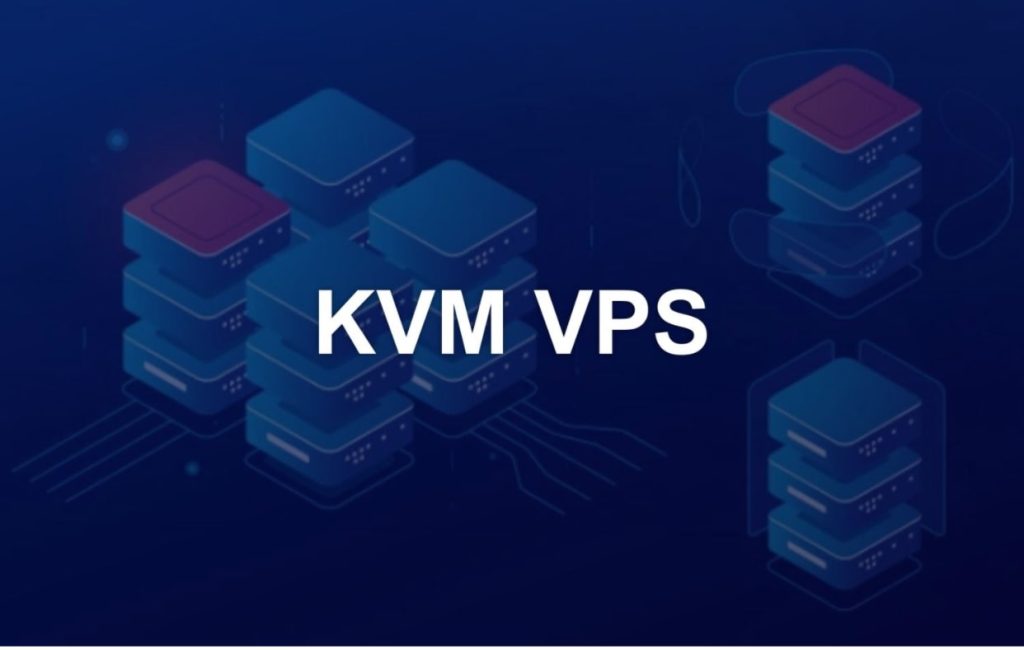Virtualization technologies have transformed the world of hosting and servers in general by giving a very easy and effective means to furnish or discard servers of practically any size, with unrivaled scalability.
Cloud servers are incredibly adaptable and can run practically any operating system, regardless of the one installed on the host.
Today, numerous firms provide commercial virtualization products, but all of them rely on only a few fundamental technologies. Virtual servers communicate with the host via a hypervisor, which serves as a bridge between the cloud and its hardware resources.
Today, most providers employ one of the four major open source hypervisors available: KVM, XEN, vSphere (created by VMware), and Microsoft’s Hyper-V. They are all different in terms of their strengths.
Benefit Of KVM VPS
KVM has been referred to as a bare-metal hypervisor since it works directly with the kernel. When compared to alternative technologies that use the same amount of hardware resources, this results in improved performance.
The direct access to resources also enables very quick scaling of virtual machines, with just a short period of downtime necessary to change the number of CPU cores, RAM size, or disc storage capacity.
Under the standard operating system context, virtual machines execute as regular Linux processes. As a result, they support the entire set of host system capabilities and the newest technologies contained in the Linux kernel out of the box. On the virtual servers, for example, any file system supported by Linux can be set.
Working directly with the kernel allows several critical security aspects as well. All virtual computers have Security Improved Linux (SELinux) enabled, and communication between them is rigorously regulated.
On top of that, there is another security layer called sVirt, which allows you to configure Mandatory Access Control Rules (MAC) to be applied to virtual machines, with well-defined security borders and constraints.
As a result, KVM hypervisors have obtained some of the most challenging security certifications, including the US government’s Assessment Certification Level 4+ (EAL4+).
KVM hypervisors provide complete control over the server’s hardware resources. This means that virtual machines can run any operating system, including custom kernels that some applications required.
Because the machines are completely separated, any number of distinct kernels can run concurrently. The hypervisor can even imitate current CPU characteristics that the underlying processor does not implement. Containers, including Docker, are supported natively.
KVM servers additionally provide an API with a plethora of options for remotely configuring and provisioning machines. All major provisioning platforms utilize it, and some have built their own tools to provide even more possibilities.
Another significant benefit of a KVM VPS is the extremely fast transfer time. Machines may be moved both offline and online, with no chance of data loss or unnoticed downtime.
It is feasible to move to a server with a different CPU architecture and even to do so using an external service like ssh.
KVM machines are extremely adaptable, and extra virtual resources, such as virtual PCI devices, may be added in real-time. It is also feasible to modify disc I/O at any moment, without requiring any downtime.


